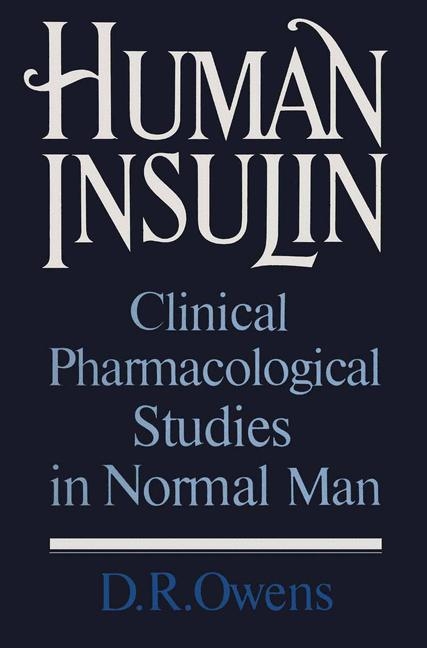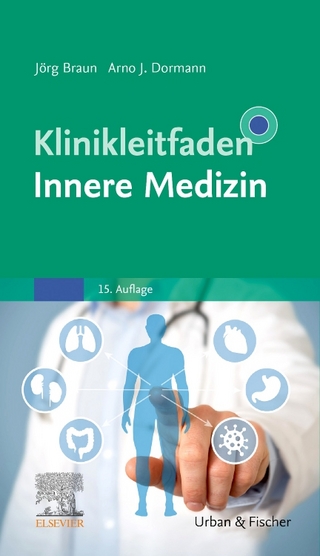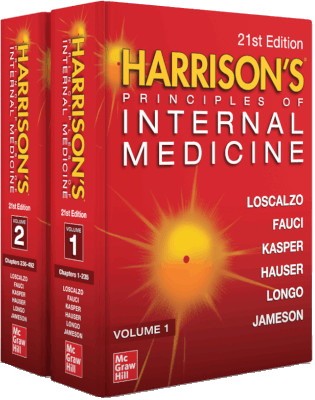
Human Insulin
Kluwer Academic Publishers (Verlag)
978-0-85200-951-2 (ISBN)
- Titel ist leider vergriffen;
keine Neuauflage - Artikel merken
1 Introduction.- 1.1 Historical introduction to diabetes and its treatment.- 1.1.1 The clinical syndrome of diabetes mellitus.- 1.1.2 The discovery of insulin.- 1.1.3 Summary.- 1.2 The evolution of insulin.- 1.2.1 Production of insulin.- 1.2.2 Purity and immunogenicity of insulin.- 1.2.2.1 Insulin purity.- 1.2.2.2 Clinical implications of the quest for insulin purity.- 1.2.2.3 Other considerations insulin species, etc.- 1.2.3 Human insulin.- 1.2.3.1 Human cadaveric pancreas.- 1.2.3.2 Total peptide synthesis.- 1.2.3.3 Enzymatic conversion of porcine to human insulin.- 1.2.3.4 Recombinant DNA technology.- 1.2.4 Summary.- 2 Objectives of investigations.- 3 Investigational procedures.- 3.1 Clinical: Subjects, Materials, Methods.- 3.2 Laboratory methods.- 4 Clinical-pharmacological studies.- 4.1 `Short-acting’ insulin preprations.- 4.1.1 Study of safety and efficacy of human insulin in normal man.- 4.1.2 Comparison of subcutaneous human, porcine and bovine insulin in man.- 4.1.3 Comparative study of subcutaneous human and porcine insulin in man, without the concomitant use of somatostatin.- 4.1.4 The influence of somatostatin on the metabolic and hormonal responses to subcutaneous human and porcine insulin.- 4.1.5 Dose-response study of human, porcine and bovine insulin.- 4.1.6 Comparative study of intravenous and intramuscular administration of human insulin.- 4.1.7 A study of intravenous (human, porcine, bovine) and intramuscular (human) insulin in normal man.- 4.1.8 A study of the hormonal counterregulatory responses to subcutaneous and intravenous human (`semi-synthetic’, `biosynthetic’) and porcine insulins.- 4.2 Insulin preparations with prolonged effect.- 4.2.1 `Intermediate-acting’ insulin preparations.- 4.2.1.1 A study of human (`semi-synthetic’) and porcine Lente (Monotard) insulins (U-40).- 4.2.1.2 A study of human (`semi-synthetic’ and `biosynthetic’) and porcine NPH (`isophane’) insulins (U-40).- 4.2.1.3 Comparative study of Lente (Monotard) and NPH insulins (`semisynthetic’ human insulin: U-100, U-40; porcine insulin: U-40).- 4.2.2 `Long-acting’ insulin preparations.- 4.2.2.1 A study of human (`semi-synthetic’) porcine and bovine Ultralente insulins (U-100).- 4.3 Factors influencing subcutaneous absorption of human insulin.- 4.3.1 Site of administration and influence of a protease inhibitor, aprotinin (Trasylol).- 4.3.2 Insulin concentration: U-40 vs U-100 `short-’ and `intermediate-acting’ insulin preparations.- 4.3.2.1 U-40 versus U-100: `short-acting insulins.- 4.3.2.2 U-40 versus U-100: `intermediate-acting’ insulin study.- 4.3.2.3 General discussion and summary.- 4.3.3 Insulin mixtures.- 4.3.3.1 Soluble and NPH mixtures.- 4.3.3.2 Soluble and Lente mixtures.- 4.3.3.3 Discussion.- 4.3.4 `Within’ and `between’ subject variation.- 4.3.4.1 Soluble insulin (U-100).- 4.3.4.2 Lente insulin (U-100).- 4.3.4.3 General discussion.- 5 Summary.- Acknowledgements.
| Erscheint lt. Verlag | 31.5.1986 |
|---|---|
| Zusatzinfo | 312 p. |
| Verlagsort | Dordrecht |
| Sprache | englisch |
| Gewicht | 616 g |
| Themenwelt | Medizinische Fachgebiete ► Innere Medizin ► Diabetologie |
| Medizinische Fachgebiete ► Innere Medizin ► Endokrinologie | |
| ISBN-10 | 0-85200-951-8 / 0852009518 |
| ISBN-13 | 978-0-85200-951-2 / 9780852009512 |
| Zustand | Neuware |
| Haben Sie eine Frage zum Produkt? |
aus dem Bereich


